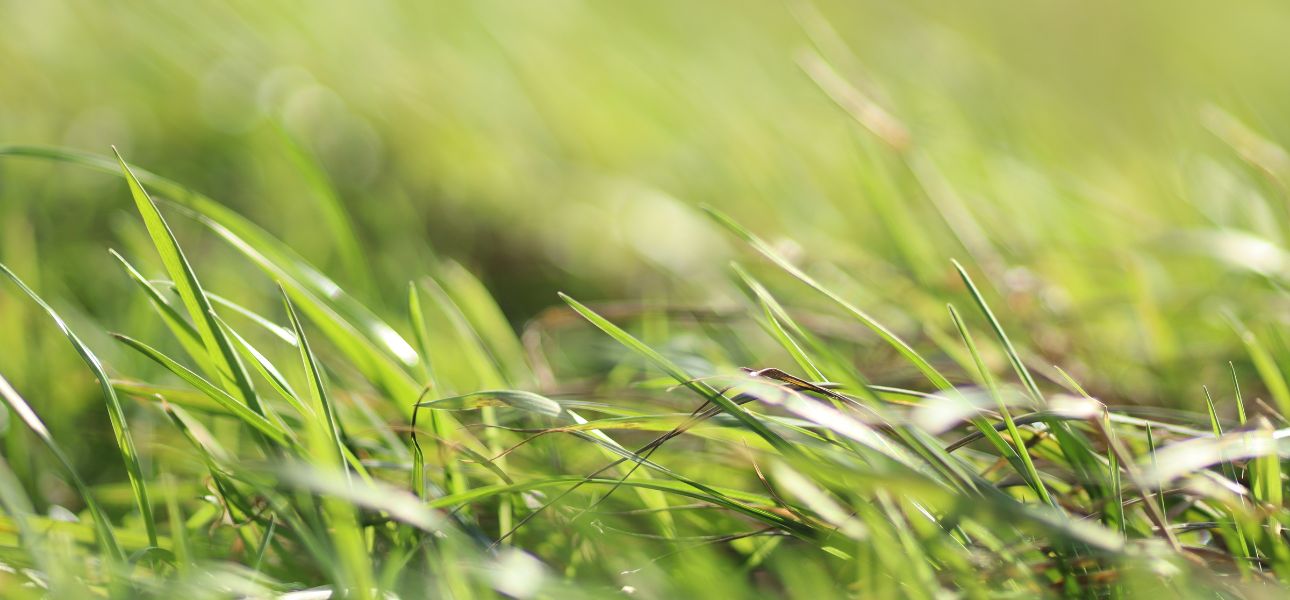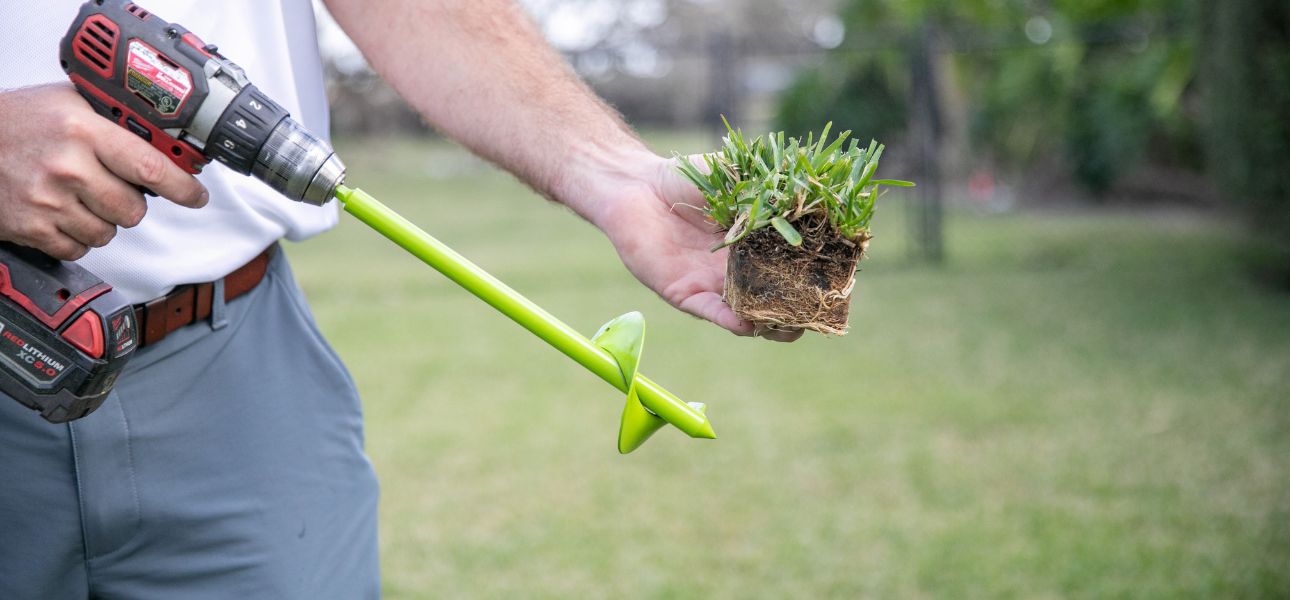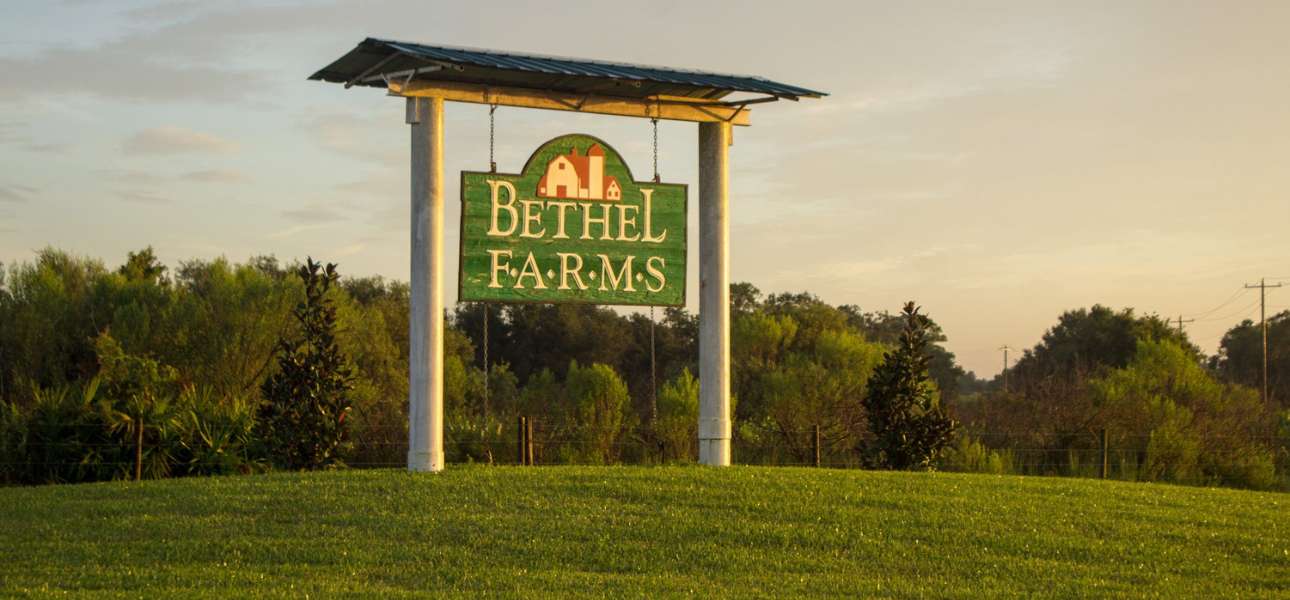
How to Make Your Lawn Sustainable
Jamie TedderWith the global trend towards sustainability, the number of people embracing eco-friendly practices is growing at scale to reduce their environmental impact and ensure a more sustainable future.
Traditional lawn care practices rely on water and chemical treatments, often to the point of overuse, which can harm the environment. Meanwhile, sustainable lawn care underscores the importance of responsibly using water and lawn fertilizers to conserve resources, protect biodiversity, and minimize the negative environmental effects often associated with traditional methods.
What Makes a Sustainable Lawn?
Sustainable lawn care focuses on cultivating a healthy lawn that naturally resists pests, diseases, weeds, and other environmental stresses, reducing the need for chemical treatments to maintain its vibrancy. It should let you enjoy a beautiful green lawn while reducing your carbon footprint. Keep reading for tips on creating an eco-friendly lawn.

Start with the Right Grass Type
If you find yourself constantly making more effort than necessary to keep your existing grass healthy and green, it may be a sign that the grass is not well-adapted to your specific conditions. Consider starting fresh with a new grass type better suited for your lawn in such cases.
Establishing a lawn from sod grass offers several advantages to overseeding. Sod is faster to establish, providing almost instant green cover to your lawn. Additionally, it has a higher success rate as it is more resistant to erosion and other environmental factors. With sod, you can skip the lengthy process of seeding and avoid the risks associated with it.
Bethel Farms is one of the leading sod farms in Florida that specializes in providing high-quality grass sod for sale. We offer a variety of warm-season grass varieties well-adapted to the warm, humid Florida climate, including Bermuda, St. Augustine, and Zoysia, ensuring that you have access to a wide range of grass options for your lawn.
Improve Soil Quality
Healthy lawns begin with healthy soil that provides an optimal environment for grass growth and where roots can easily penetrate the soil and access water and nutrients. The soil should contain beneficial microorganisms and maintain a balanced pH level suitable for your grass type, usually between 5.5 and 7.0 for most warm-season grasses.
A soil test can be valuable for assessing soil quality. You can use a DIY kit from a local garden center for immediate pH level results or send soil samples to a testing lab for a more comprehensive analysis. Soil test results may include nutrient levels and recommendations for fertilizer and soil amendments tailored to your grass type.

Mow Properly
Proper mowing practices contribute to a healthy lawn by facilitating vigorous and dense growth, which gives the grass a competitive edge against weeds while increasing its resistance to lawn pests and diseases. Maintain a healthy lawn by mowing at the proper height to avoid scalping, which can stress the grass and weaken its root system.
The recommended mowing height for warm-season grasses is between one to three inches. Mowing at the higher end of this range encourages deeper root growth, boosting its drought resistance. Follow the one-third rule: never cut over a third of the grass length in a single session. Keep mower blades sharp to ensure a clean cut, as dull blades can tear the grass. Finally, avoid cutting wet grass immediately after irrigation or rainfall, as this can result in an uneven cut and clumping, making the grass more susceptible to pests and diseases.
In addition to these tips, you can further improve sustainability in your lawn by considering more eco-friendly lawn care practices such as swapping gas-powered lawn mowers for manual mowers or using a mulching mower to leave grass clippings on the lawn to recycle nutrients to the soil and save on fertilizer costs.
Water Efficiently
Watering your lawn efficiently provides benefits, including conserving water, saving energy bills, and maintaining a healthier lawn. How much and how often you should water your lawn should be based on your grass type. Warm-season grasses like Bermuda, St. Augustine, and Zoysia are generally more drought-tolerant than cool-season varieties like Kentucky bluegrass. They can thrive with about one inch of water weekly, including rainfall.
We advise watering your lawn in the early morning, when the temperatures are cooler and there is less wind, to maximize absorption before the moisture evaporates during the peak of the day. More importantly, make sure to water less often but more deeply to encourage the development of a deeper root system.
Use the Right Fertilizer
Fertilizers provide nutrients to the soil, including nitrogen, phosphorus, and potassium, which contribute to healthy plant growth. But whether you're using organic or synthetic fertilizers, it's possible to overdo anything. When applied too much or incorrectly, both pose risks of nutrient leaching and polluting local waterways.
Again, a soil test can be valuable in guiding fertilizer applications. By analyzing the nutrient makeup of the soil, it can determine the specific nutrients your grass requires, avoiding the risks associated with using the wrong type of fertilizer or over-applying nutrients. This targeted approach can contribute to healthier grass growth while reducing the harmful effects of excess fertilizer runoff.
In addition to ensuring proper fertilizer applications, you can explore solutions to address these environmental concerns. For example, NutriPod® is a granular lawn fertilizer designed for grass plugs. Each pod has a dissolvable casing, placed in the soil before planting grass plugs where it gradually releases nutrients as the grass grows. This controlled-release method ensures that nutrients are available to support grass establishment without the risks of leaching and runoff.

Aerating and Dethatching
Although aerating and dethatching are distinct processes, both aim to improve drainage, maximize nutrient absorption, and facilitate water penetration, all of which are essential for a healthy lawn.
Aerating involves creating small holes in the soil or removing soil plugs using a grass plug tool. This process improves water, air, and nutrient penetration into the soil, relieves soil compaction, and encourages deep root growth, resulting in a denser, more disease-resistant lawn.
Dethatching, on the other hand, removes excess thatch buildup, consisting of dead grass, roots, and plant debris accumulating on the soil surface over time. While some thatch is beneficial for retaining soil moisture and protecting the lawn from temperature fluctuations, an excessive layer exceeding half an inch can hinder root access to water, air, and nutrients. Dethatching is recommended when the lawn feels spongy, and the grass lawn appears dry despite regular watering.
Should You Replace Your Existing Grass?
If you are considering replacing your lawn with a new one, always consider the grass variety that is well-adapted to your local climate and has the best chance of surviving your specific conditions, such as sun exposure, soil type, and amount of foot traffic.
Starting fresh with native plants can give you a lawn that demands less water, fertilizer, and overall maintenance than non-native varieties. Moreover, removing an existing grass to replace it with a new one allows you to amend the soil with organic matter, which improves soil structure, water retention, and nutrient availability. Adding organic matter to the soil before planting is more effective than top-dressing an existing lawn with compost, as it allows you to incorporate organic materials well into the soil, promoting long-term soil health and sustainability. Finally, any nutrient deficiencies identified in a soil test can be corrected before planting grass plugs, ensuring a healthy foundation for your new lawn.

Choose the Best Grass for Your Lawn at Bethel Farms
As one of the trusted sod farms in Central Florida, Bethel Farms provides a diverse selection of warm-season grass varieties tailored to the warm, humid climate of the state. We offer improved and more resilient grass types, including BIMINI® Bermudagrass, for sod installation and grass plugging. We aim to help you establish a high-quality, low-maintenance lawn resistant to local pests, diseases, and other environmental stresses.
Ready to discover the most sustainable grass varieties for your lawn? Explore your options at Bethel Farms today! If you found this article helpful, share your thoughts by leaving a comment.
